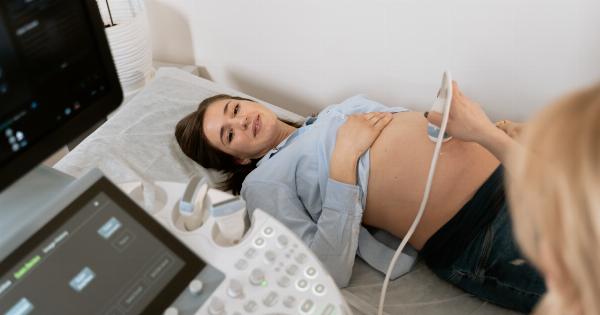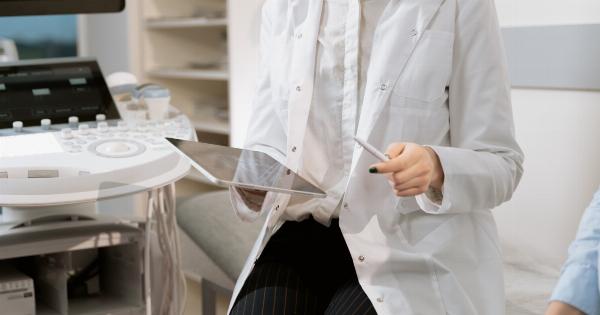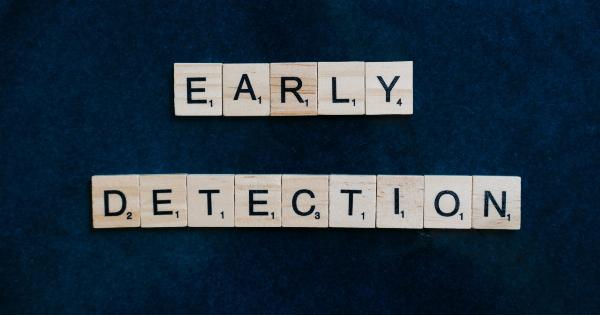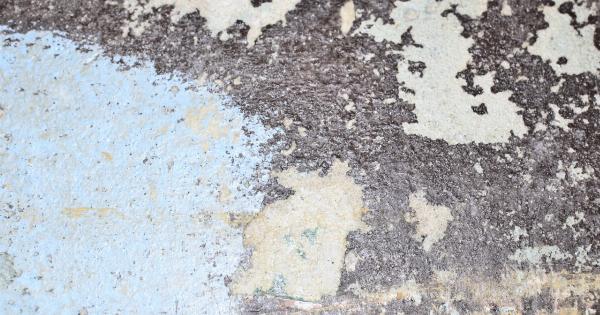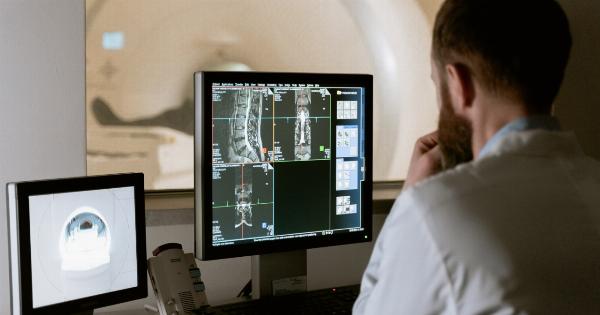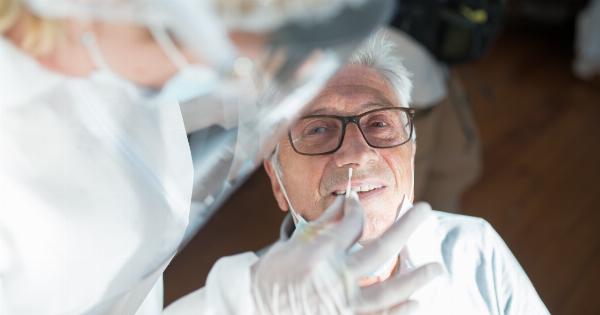The thyroid gland is a small butterfly-shaped gland located in the front of the neck. It produces hormones that regulate the body’s metabolism, heart rate, and temperature.
When the thyroid gland does not function properly, it can lead to health problems such as hypothyroidism, hyperthyroidism, and goiter. To determine if there is a thyroid issue, physicians conduct tests that assess thyroid function. In this article, we will explore the different types of exams available for thyroid function assessment.
Thyroid Stimulating Hormone (TSH) Test
The TSH test measures the amount of thyroid-stimulating hormone in the blood. TSH is produced by the pituitary gland and stimulates the thyroid gland to produce hormones.
High levels of TSH indicate that the thyroid gland is not producing enough hormones and may be a sign of hypothyroidism. Low levels of TSH indicate hyperthyroidism, where the thyroid is producing too many hormones. The TSH test is the most common test for checking thyroid function, and it can accurately detect thyroid problems.
Triiodothyronine (T3) and Thyroxine (T4) Test
T3 and T4 are two hormones produced by the thyroid gland. The T3 and T4 test measures the levels of these hormones in the blood. High levels of T3 and T4 indicate hyperthyroidism, while low levels indicate hypothyroidism.
This test provides more specific information than the TSH test, but doctors often use both tests to confirm a diagnosis.
Thyroid Antibody Test
The thyroid antibody test checks the blood for the presence of antibodies that attack the thyroid gland. These antibodies can indicate an autoimmune disease, such as Hashimoto’s thyroiditis.
This test is especially useful for people with a family history of thyroid disease or other autoimmune diseases.
Radioactive Iodine Uptake Test
The radioactive iodine uptake test measures the amount of radioactive iodine that the thyroid gland absorbs. Radioactive iodine is injected or taken orally, and a special camera measures how much iodine the thyroid gland takes up.
This test can indicate an overactive or underactive thyroid gland. It is also useful for evaluating thyroid nodules.
Thyroid Ultrasound
The thyroid ultrasound is a non-invasive test that uses high-frequency sound waves to create images of the thyroid gland. This test can detect the size and shape of the thyroid gland and can identify nodules or other abnormalities.
It is often used in conjunction with other thyroid tests to evaluate thyroid function.
Fine Needle Biopsy
The fine needle biopsy uses a thin needle to extract a small amount of tissue from the thyroid gland. The tissue is then examined under a microscope to evaluate for cancer or other abnormalities.
This test is often used when a nodule is detected during a thyroid ultrasound or other thyroid test.
Thyroid Scan
The thyroid scan uses a special camera and a small amount of radioactive material to produce images of the thyroid gland. This test can determine if the thyroid gland is overactive or underactive.
It is also useful for evaluating thyroid nodules and other abnormalities.
Computed Tomography (CT) Scan or Magnetic Resonance Imaging (MRI)
CT scans and MRIs are imaging tests that can provide detailed images of the thyroid gland and surrounding structures.
They are often used when there is a suspected thyroid tumor or if there are related issues with the lymph nodes or other nearby structures.
Thyroid Function Tests for Pregnant Women
Pregnancy can cause changes in thyroid function, so it is essential to check thyroid levels during pregnancy. The TSH test is the most common test used in pregnancy to evaluate thyroid function.
However, in some cases, other thyroid tests may be necessary.
Conclusion
There are several tests available to assess thyroid function, ranging from blood tests and ultrasounds to biopsies and scans. A combination of these exams can provide doctors with a comprehensive evaluation of thyroid function.
If you are experiencing symptoms of a thyroid problem, such as weight gain or loss, fatigue, or mood changes, discuss your concerns with your doctor. Early detection of thyroid issues can lead to better treatment outcomes.



